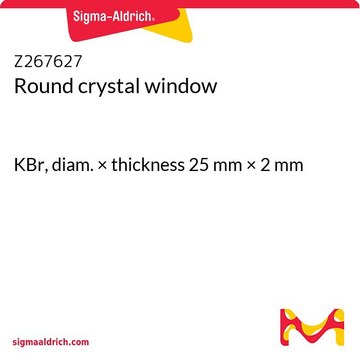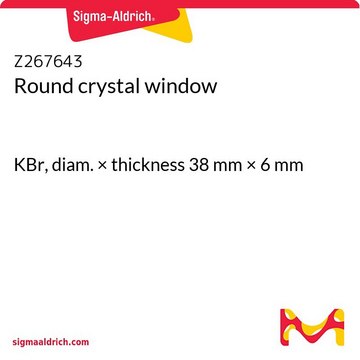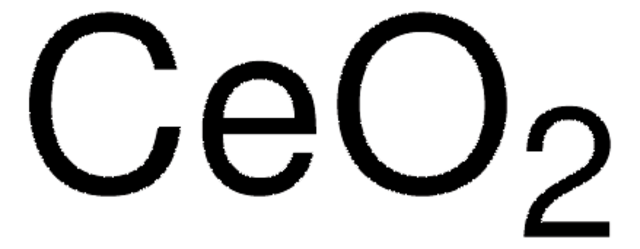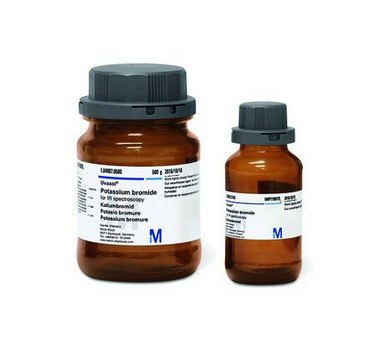MCR40027H1
Millistak+® Pod Depth Filter
CR40, cellulose (with active carbon), filtration area 0.027 m², Lab Scale
Synonym(s):
Millistak+ Pod Depth Filter, CR40 media series, 0.027 m2 surface area, 1/pack
About This Item
Recommended Products
Product Name
Millistak+® Pod Depth Filter, CR40, cellulose (with active carbon), filtration area 0.027 m2, hydrophilic
material
cellulose (with active carbon)
polypropylene
Quality Level
description
Activated carbon is a very versatile process aid and has a high affinity and adsorption capacity for odorous compounds and color bodies over a wide range of molecular weights
feature
hydrophilic
manufacturer/tradename
Millistak+®
parameter
2.1 bar max. differential pressure (30 psid) at 37 °C (Forward)
2.1 bar max. differential pressure (30 psid) at 37 °C (Reverse)
2.1 bar max. differential pressure (30 psid) at 4 °C (Forward)
H
14 cm (5.3 in.)
L
22 cm (8.5 in.)
filtration area
0.027 m2
1 of 4
This Item | Z112178 | Z112135 | Z112151 |
|---|---|---|---|
| material KBr | material KBr | material BaF2 | material NaCl |
| packaging pkg of (contains 1 window) | packaging pkg of (contains 1 window) | packaging pkg of (contains 1 window) | packaging pkg of (contains 1 window) |
| technique(s) IR spectroscopy: suitable | technique(s) IR spectroscopy: suitable | technique(s) IR spectroscopy: suitable | technique(s) IR spectroscopy: suitable |
| diam. × thickness 32 mm × 3 mm | diam. × thickness 32 mm × 3 mm | diam. × thickness 32 mm × 3 mm | diam. × thickness 32 mm × 3 mm |
General description
Specifications
Preparation Note
Integrity is maintained after 2 autoclave cycles of 60 minutes @ 123 °C
Analysis Note
Legal Information
Certificates of Analysis (COA)
Search for Certificates of Analysis (COA) by entering the products Lot/Batch Number. Lot and Batch Numbers can be found on a product’s label following the words ‘Lot’ or ‘Batch’.
Already Own This Product?
Find documentation for the products that you have recently purchased in the Document Library.
Customers Also Viewed
Our team of scientists has experience in all areas of research including Life Science, Material Science, Chemical Synthesis, Chromatography, Analytical and many others.
Contact Technical Service













